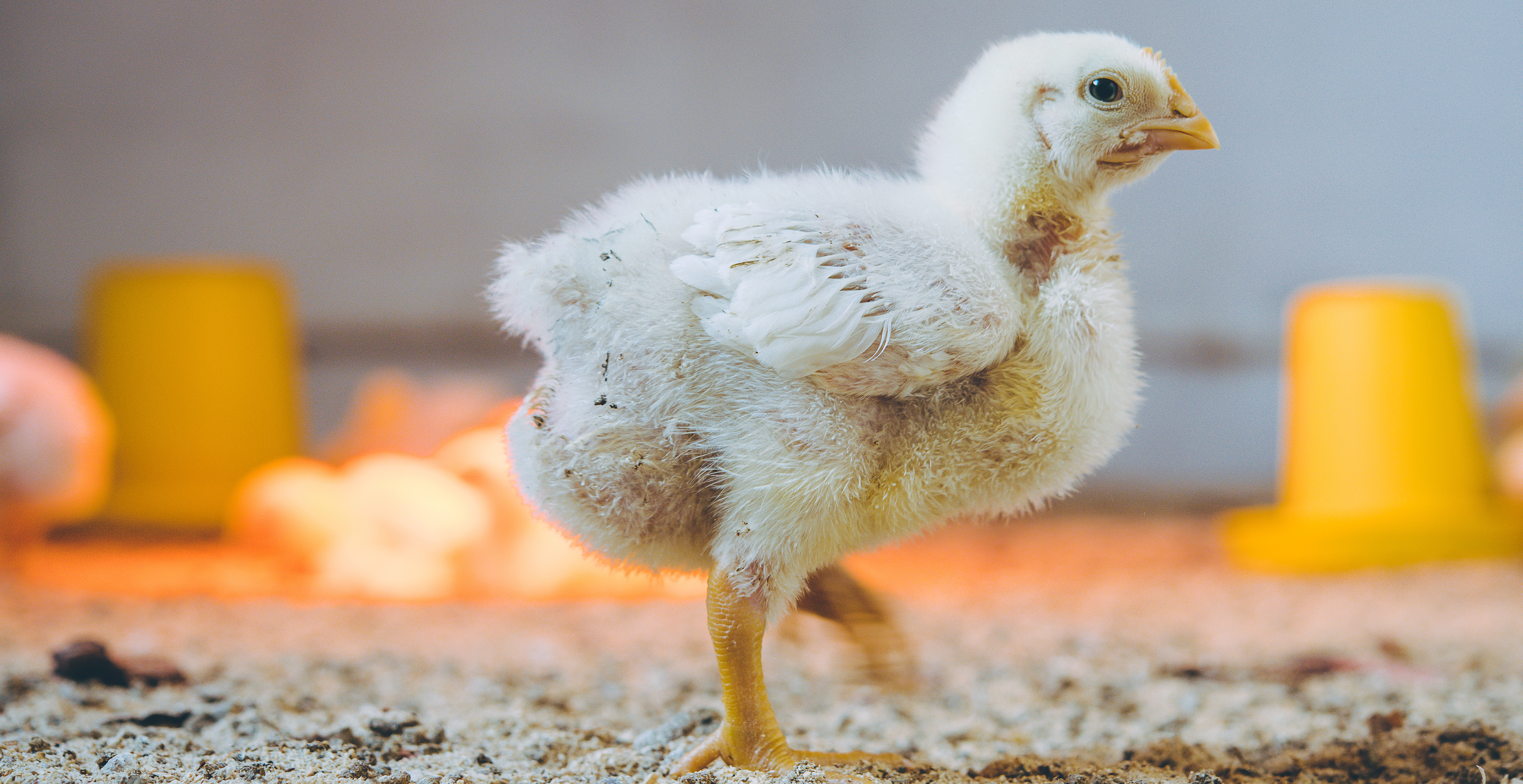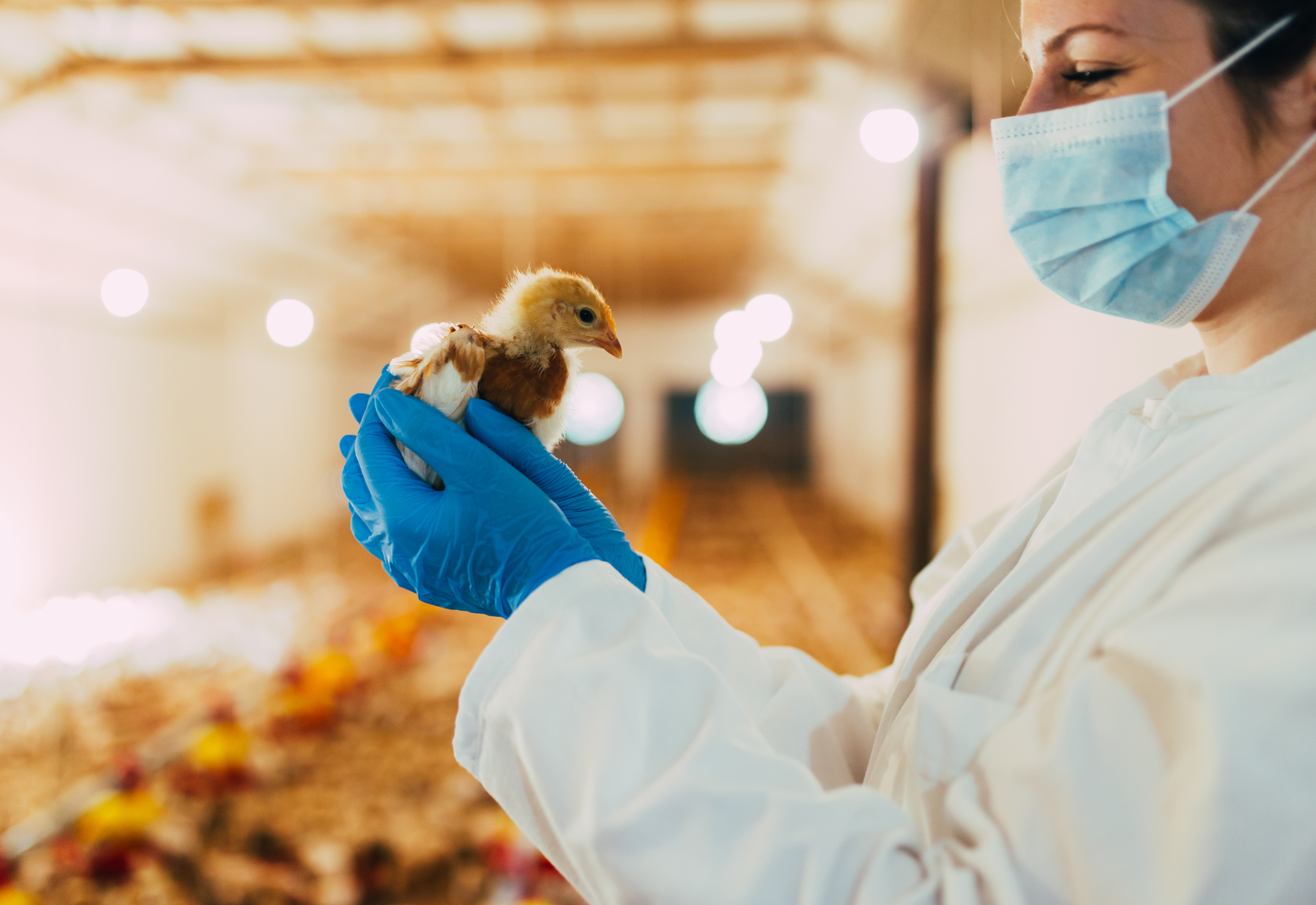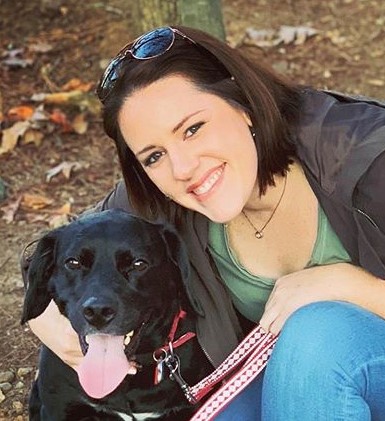



How to prepare for an on-farm poultry audit
As the animal welfare movement in the United States continues to grow and adapt to meet consumer demands, increased transparency by retailers regarding how birds are raised on-farm has become more critical.To demonstrate a strong commitment to prioritizing animal welfare, many retailers now require that their suppliers participate in on-farm audit programs as part of an external verification program. These programs are developed using science-based recommendations and provide minimum standards of care that must be met by participating producers. External audits are performed on a regular basis by a third party (e.g. an individual with no financial connection to the farm) to verify that outlined standards are consistently upheld.
Preparing appropriately for an upcoming audit is a multi-step process that, if done correctly, will decrease the likelihood of experiencing avoidable non-conformances. Thoroughly understanding the requirements of your specific audit program, which can be found online or provided upon request, is the key first step to adequate preparation. The entire production team, including managers and animal care providers should be involved in reviewing the standards and have the background knowledge to answer questions posed by the auditor. Potential inquiries include:
- Can you demonstrate how you would euthanize a bird?
- What would you do in the event of an emergency (e.g. fire, flood, power shut down)?
- Please explain to me, step by step, how you perform daily walk-throughs of your barn.
Any farm undergoing an audit should conduct a self-assessment of facilities and birds prior to the audit itself. Self-assessments help groups identify areas that need improvement and will cover the three main categories used in the audit:
- Animal-based measures are direct indicators of animal welfare examined through observation of individuals, which include such measurements as feather condition, feet condition and behavior.
- Resource-based measures assess the environment and facilities and include such measurements as feeder and drinker space, litter quality and stocking density.
- Protocol-based measures evaluate current policies and protocols that are in place on the farm. This includes reviewing standard operating procedures, outlined emergency and euthanasia protocols and mortality and culling records.

It is also important to keep in mind that audits are only a snapshot in time. This means that auditors may not be able to view every aspect of your farm and will not be able to know what happens on your farm for the other 364 days of the year. Auditors and audits are often limited to evaluating a subpopulation of the farm and may not observe all individuals or houses but auditors are able to gain a clear picture of the farm, as they will select a representative subpopulation of the flock to assess. Although utilizing subpopulations is typical for an external audit to save time, it is recommended that all self-assessments evaluate the entire flock, as this will help you understand if your flock is meeting the requirements. This proactive approach to improving bird welfare ahead of time by making decisions based on the results of your self-assessment (e.g. moving animals to the sick pen, adjusting environmental conditions to decrease feather pecking) may also minimize your chances of experiencing a non-compliance.
While animal-based measures evaluate the bird itself, resource-based measures can be assessed during barn walk-throughs. These indirect measures have an impact on the bird’s welfare while in your housing system. The auditor is responsible for verifying that birds are stocked at a proper density in regards to floor, feeder and perch space, as well as number of drinkers and nest boxes per bird. Air quality is an important consideration for bird welfare and will be assessed during the audit as well as areas of your facilities that may cause immediate harm to an animal or be aversive, such as protrusions or sharp edges. Any facility repairs should occur in a timely manner and prior to the audit.
Lastly, protocol-based measures are an area that require particular attention and foresight before an auditor arrives. Standards that require documentation and operating procedures to be evaluated commonly result in non-conformances. However, this can be avoided with full comprehension of these standards and diligent preparation. To begin, confirm that written documentation of updated policies, procedures and records are available to the auditor on site. Such documents should be readily accessible or posted for employees and auditors to be reviewed at any time. For operations with non-native English speakers, make sure there is a copy of these documents translated into the staff worker’s primary language. It is vital that all workers are equally able to comprehend and communicate animal welfare policies.

Non-conformances related to protocol based measures can often be avoided by confirming that all specifications related to documentation are satisfied per the standards set forth by the audit. Unfortunately, these details are commonly overlooked when preparing for an audit. For example, under the Humane Farm Animal Care Animal Care Standards for egg laying hens, causes of mortality and culling must be documented. Therefore, if a producer recorded the number of mortalities and culling without providing reasons, this would result in a non-conformance. Full comprehension of standards and what each entail is vital to the farm’s success when it comes to the auditing process. Some questions that may be beneficial to ask yourself and/or staff when preparing the necessary paperwork include:
- Do my records date back far enough?
- Can I explain any abnormalities in my data (e.g. production, mortality / culling records)?
- Do I have a visitor’s log and complaints log?
Working towards a thorough understanding of the standards and communicating those standards effectively to all individuals involved with the daily care of the animals and farm documentation can lead to consistent conformity. In addition, preparing for your audit by performing the steps outlined above will result in a more efficient audit from a time standpoint. Overall, audits enable producers, processors, retailers and consumers to work together towards improving animal welfare and these programs demonstrate an overall commitment by the poultry industry to this mission.











